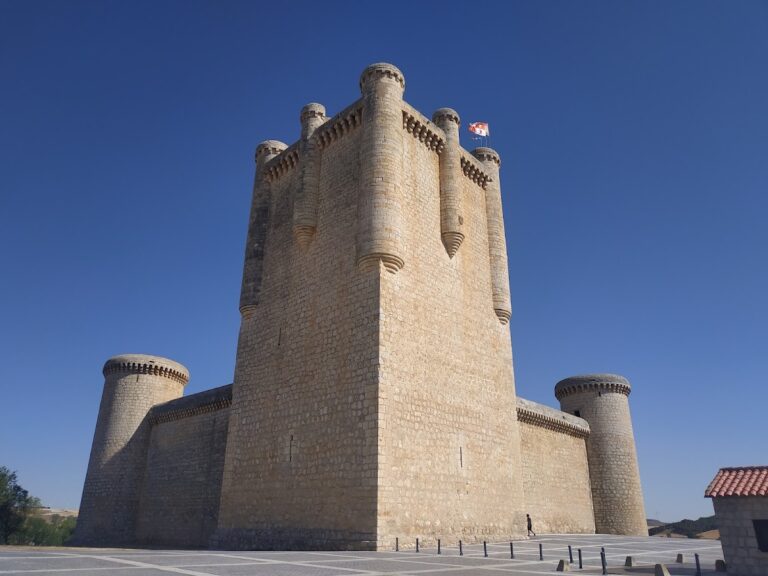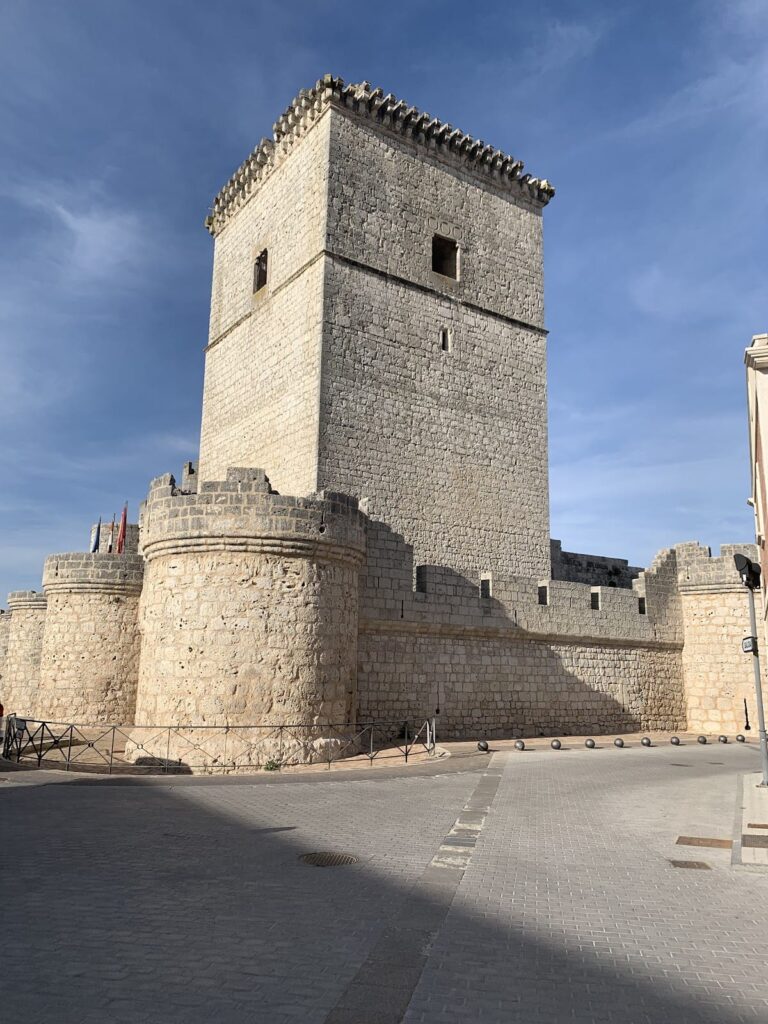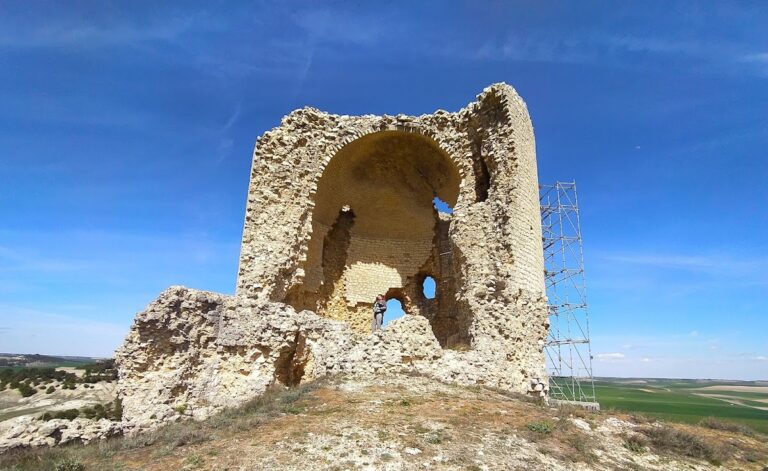Castle of Simancas: A Historic Fortress and Archive in Spain
Visitor Information
Google Rating: 4.4
Popularity: Low
Google Maps: View on Google Maps
Official Website: www.cultura.gob.es
Country: Spain
Civilization: Unclassified
Remains: Military
History
The Castle of Simancas is located in the town of Simancas, Spain. Its origins trace back to a fortress built during the Islamic period, which formed the earliest known defensive structure on the site. In the 15th century, the castle was reconstructed by the Enríquez family, who were prominent nobles holding the title of admirals of Castile and lords of Simancas.
Following this noble period, the castle came under the control of the Catholic Monarchs of Spain. They repurposed it as a state prison, where notable historical figures were held and executed. Among these prisoners was Antonio de Acuña, the bishop of Zamora and a key leader of the Castilian Comuneros uprising, who was executed in 1521. The marshal Pedro de Navarra, also involved in the political turmoil of the time, was imprisoned and killed within the castle walls the following year.
In 1540, King Charles I designated one of the castle’s towers as the home for the General Archive of Simancas, establishing it as a central repository for important state documents. This archival function expanded significantly under King Philip II, who transformed the entire fortress into the kingdom’s principal archive and directed architectural adaptations to suit this purpose. Over time, the archive grew into a vast collection, housing tens of millions of documents that include extensive records related to the Spanish Inquisition.
Throughout the 16th to 18th centuries, the castle underwent various phases of renovation and reconstruction. These efforts aimed to adapt the building to its evolving administrative role while maintaining the integrity of its defensive structure. By the 18th century, the castle had completed its transition from military stronghold and prison to the principal depository of Spain’s historical and governmental records.
Remains
The Castle of Simancas presents a fortified layout typical of late medieval military architecture, constructed primarily from light-colored stone. Its defining features include thick surrounding walls and several defensive towers known as cubos. These towers, along with battlements featuring crenellations (called almenas) and a protective moat, illustrate the castle’s original purpose as a defensive fortress. The castle’s main entrance is accessed via two bridges, emphasizing its secure design.
The chapel within the castle dates back to the 15th century and was built or refurbished under the patronage of the Enríquez family. It is particularly notable for its star-shaped vaulted ceiling, painted to display the coats of arms of its founders, Don Alonso Enríquez and Doña María de Velasco. This chapel was restored in the mid-20th century, preserving its historical artistic features.
One of the castle’s prominent structures is the Bishop’s Tower, identifiable by its tall dome topped with a lantern fashioned like a bell. Designed in the 16th century by architects Juan de Herrera and Francisco de Mora, this tower served multiple roles, including use as a prison cell and a site where executions were conducted. Inside the castle, alterations made in the 16th century include the removal of some internal walls and vaulted ceilings to create a more regular courtyard area raised over a preexisting well. The main staircase and entrance portico were also added by Francisco de Mora during this period.
The archival section consists of four large, elegant halls specially designed to safeguard important documents. Among these is a fire-resistant chamber that houses most of the archival collections, ensuring their protection from damage. Additionally, the castle retains a torture chamber, reflecting its history as a state prison.
Further modifications during the 17th and 18th centuries by architects such as Pedro Mazuecos and Diego de Praves contributed to the castle’s present form. The combination of these features reveals the castle’s gradual transformation from a medieval fortress into a repository of the kingdom’s most valuable historical records, a function it continues to serve under ongoing conservation efforts.










